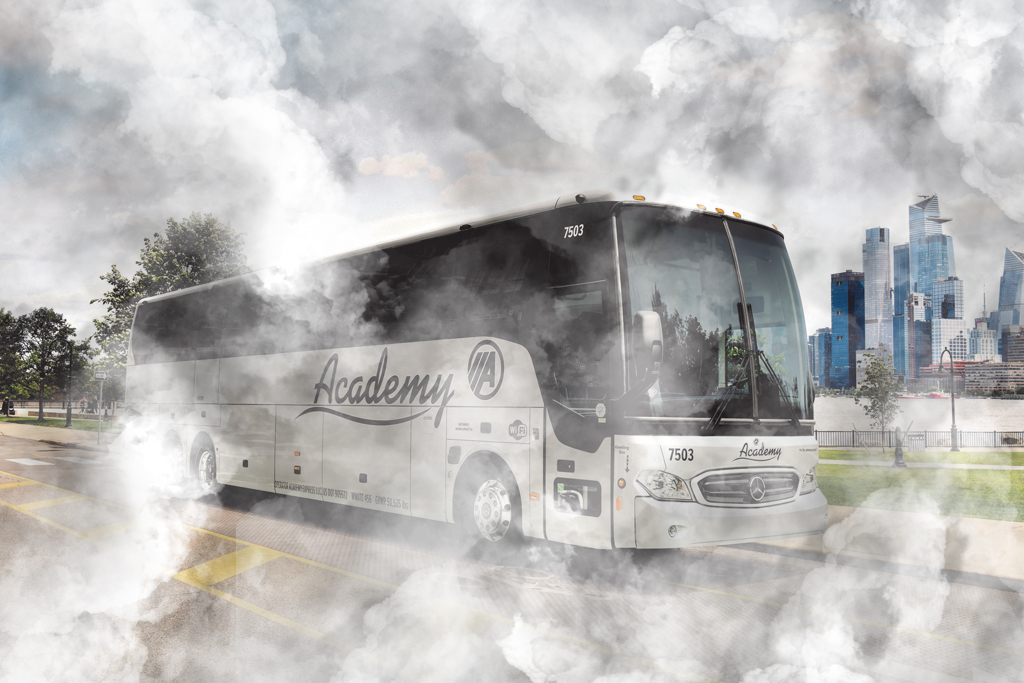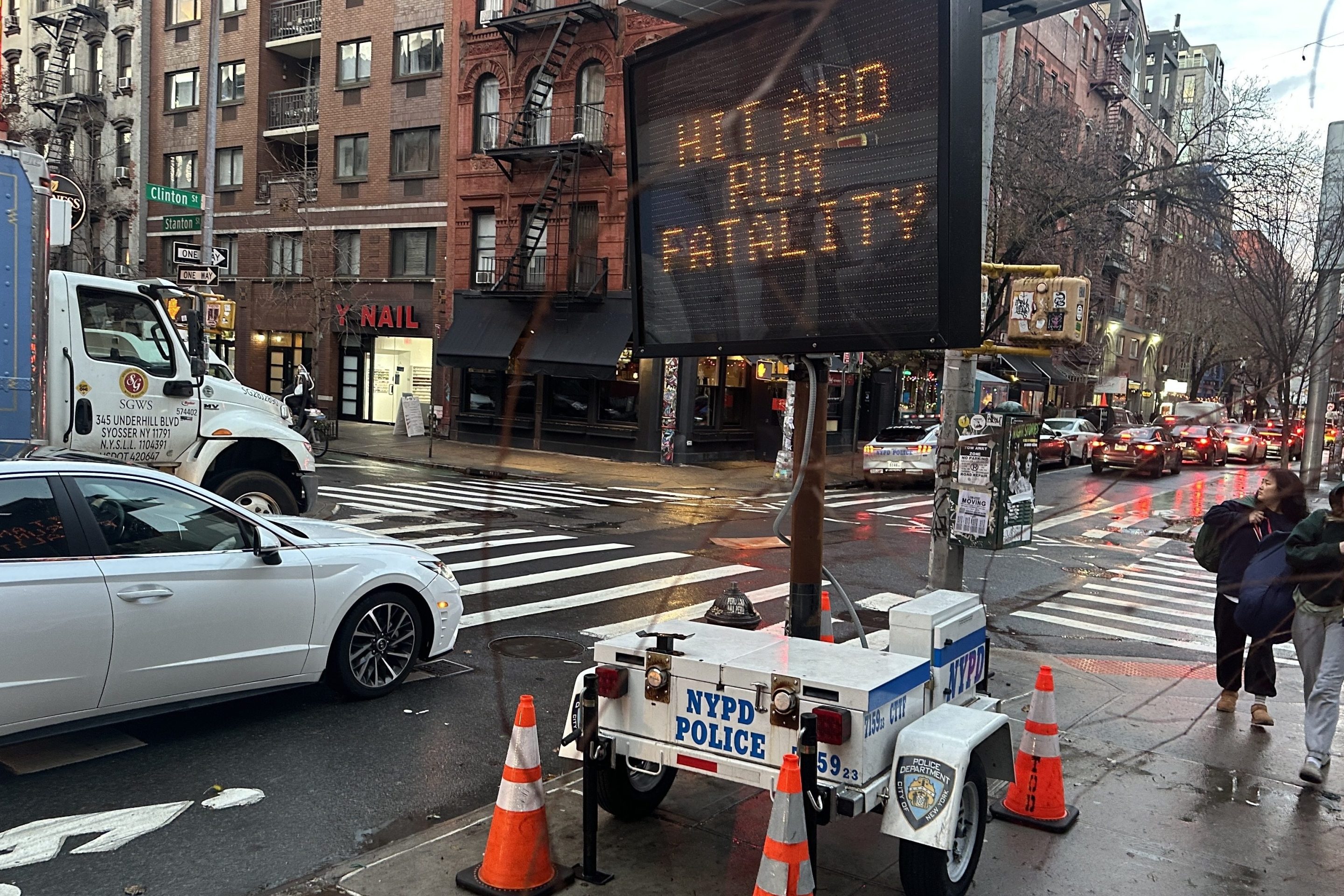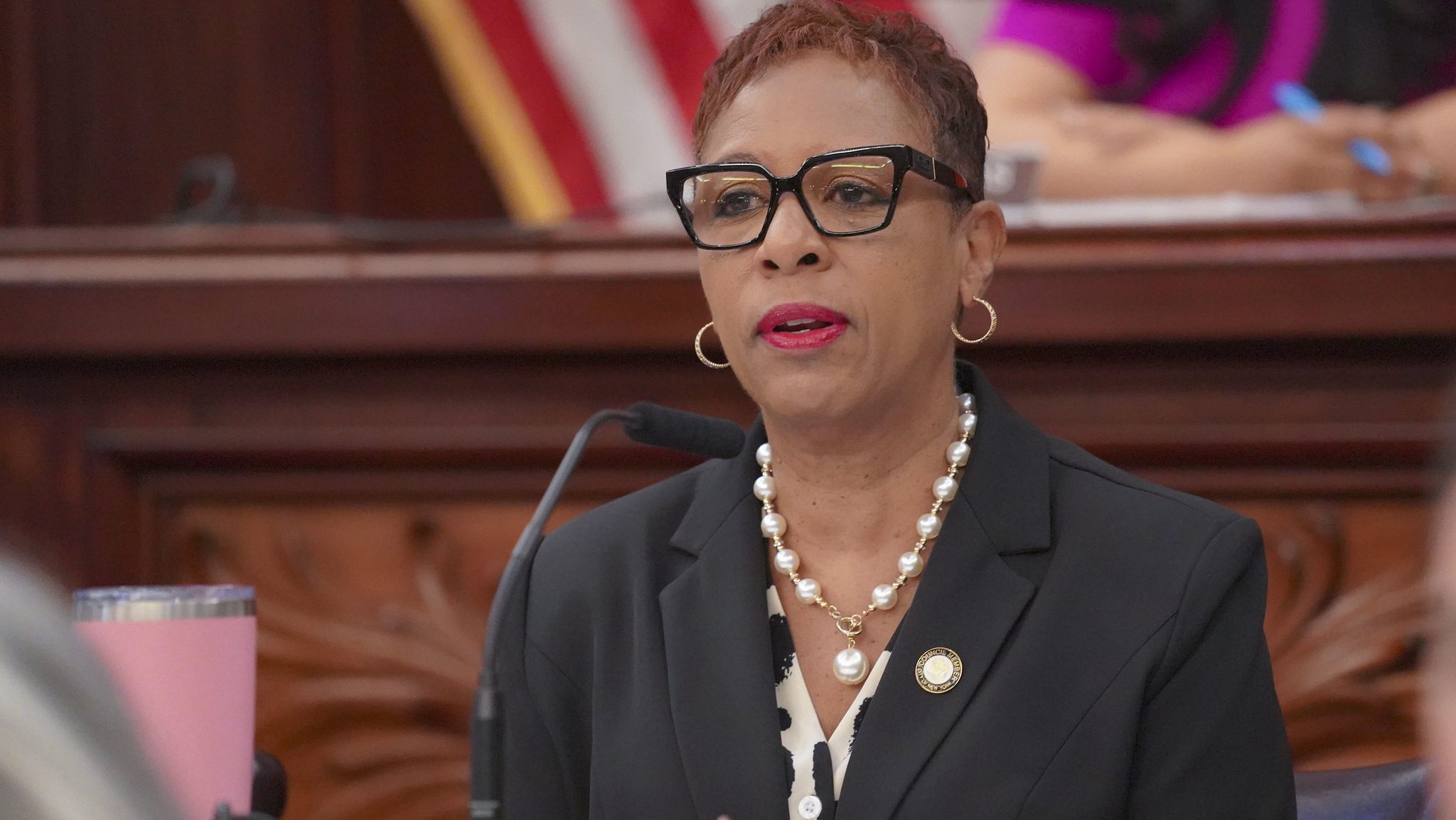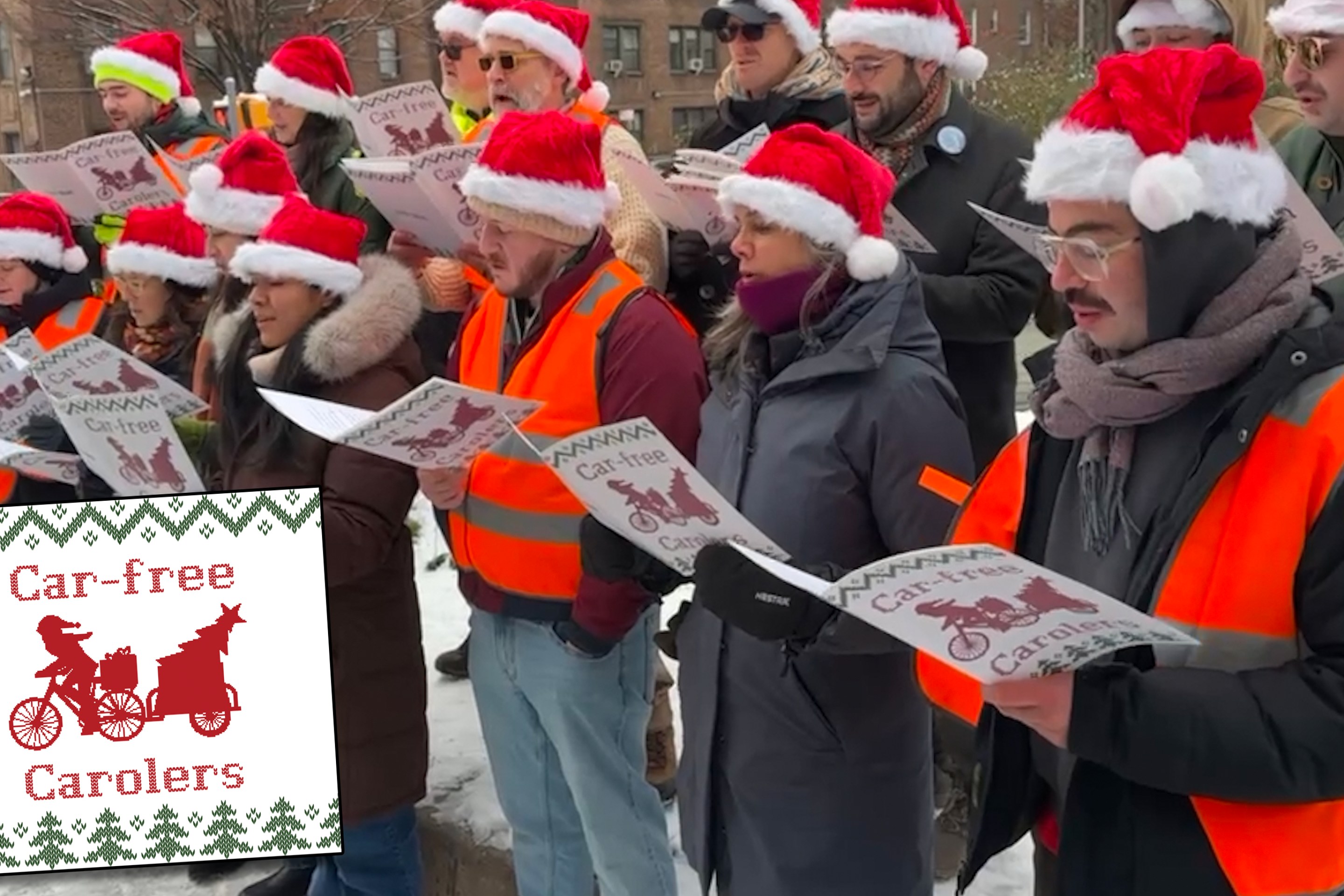City leaders from around the world are meeting right now in Quito, Ecuador, for the summit known as Habitat III -- convened by the United Nations to map out a strategy for sustainable urbanization as more people flock to cities.

Demographers forecast enormous populations shifts to urban areas in the coming decades. The nature of this growth will have profound effects on the climate. Will it be walkable and served by transit? Or will it be haphazard sprawl?
Another factor is whether a region's ecology is well-suited for a bigger population. Marc Lefkowitz at Network blog Green City Blue Lake says cities like Cleveland have the right natural characteristics to sustain more people. But regional growth isn't happening the right way:
In an article, “Where to put the next billion people” Harvard's Richard Forman and Arizona State University professor of sustainability science, Jianguo Wu, note that “for people and nature to thrive, the arrangement of land systems and water across the urban region must be managed holistically.”
For water-rich regions like Cleveland, this holds true. But a regional plan should probably be developed this time to “limit the loss of valuable (farm) land.”
A temperate climate, abundant water and rich soils are assets that Greater Cleveland has. By contrast, the authors predict that water stress in the West and Southwestern U.S. and Mexico will limit their growth.
Cleveland could play a significant role in the fight against climate change by developing a strategy for more compact communities and with a more open and encouraging immigration policy, the report concludes.
The influx of immigrants should probably be planned better.
Cleveland’s outer suburbs and nearby rural towns hold the key. If the suburbs can figure out strategies to retrofit themselves as dense, walkable communities, they will gracefully absorb growth and sustain over the long term. It will take unprecedented vision and cooperation.
Elsewhere on the Network today: Stop and Move lays out the pros and cons of a plan to redesign Fresno's bus system by emphasizing frequent service in dense areas. Transportation for America explains how regional transportation agencies are learning new ways to assess their investments, instead of relying on old measures of car congestion. And the FABB Blog reports that D.C. has finally updated its laws to more fairly compensate pedestrians and cyclists injured in traffic crashes.





